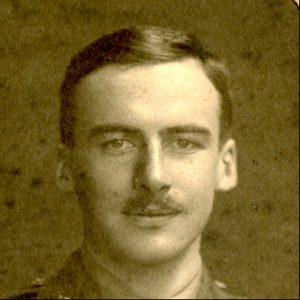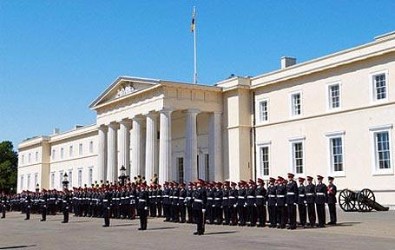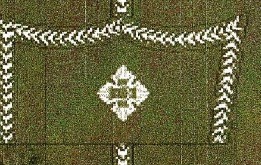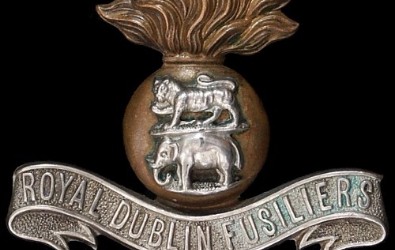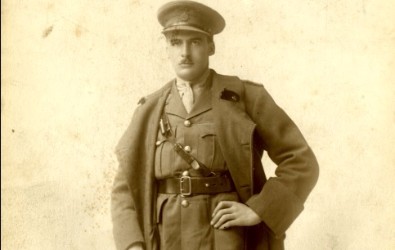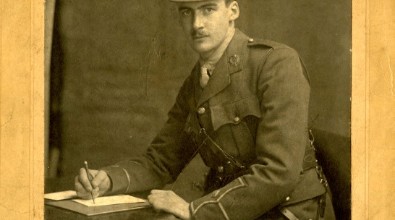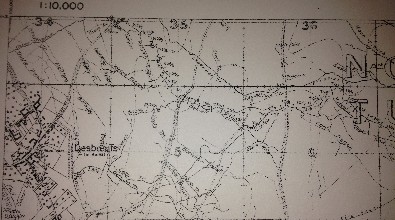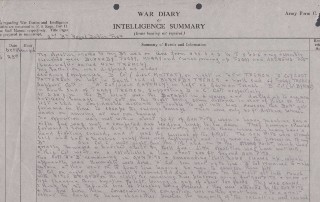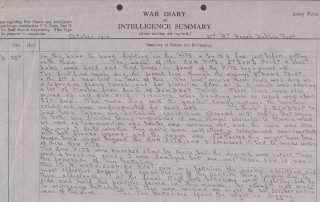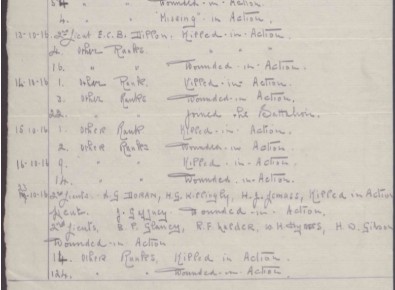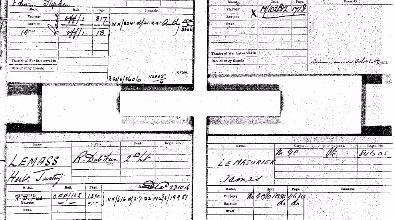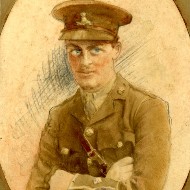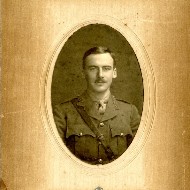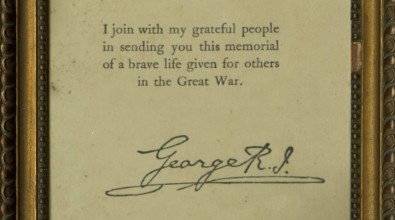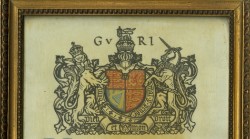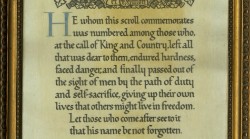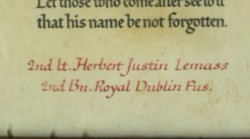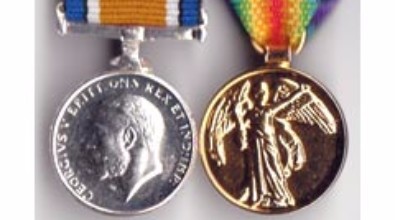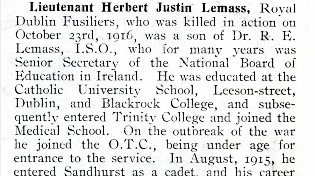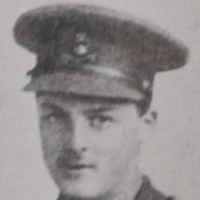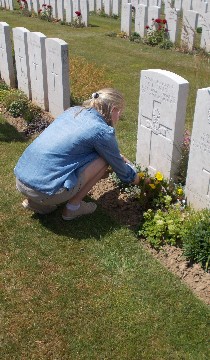About me
I am 16 years old and have just finished Transition Year in Wesley College in Ballinteer. I have always loved studying history, especially the First World War, so when I heard about the Adopt a Soldier project I knew that I had to apply. I was surprised and delighted when I found out that I had been chosen to represent Dublin. I feel like I have a family connection to the period; my great-uncle, Thornley, died on the Somme just four days after Herbert Lemass. I also found out not long ago that my great-grandmother, Monica Roberts, set up a society to send gifts to the men at the front and had a large collection of letters that she received back from them which are really interesting to read. (The letters are in the Dublin City Library, and you can also view the collection online by clicking on the link below). This project has really made the First World War more personal and it seems even more tragic when viewed from the perspective of one family. I feel like I have really got to know Herbert as I found out more and more about his life and it is an honour to represent him. I found it fascinating researching his story especially in the context of the time and his relationship with Seán Lemass. It seems only fitting that his story should be shared and remembered after being forgotten for almost a hundred years. I am really looking forward to the trip and paying my respects to Herbert's grave after I have found out so much about him. I know that it will be a poignant and enriching experience.
Many thanks to Owen Lemass and his daughter Angela (right) who were very generous with their time to talk to me about Herbert's story. Thanks also to Ken Kinsella of the Royal Dublin Fusiliers archive and to the archivists in the Dublin City Library, where the originals of many of the photographs of Herbert can be found.

Visiting Herbert’s grave
Visiting Herbert’s grave
We started our trip meeting in the Phoenix Park on Friday morning and popped into Áras an Uachtaráin to meet President Higgins. We were introduced to the president and he spoke to us about how valuable our project is. We then had tea and coffee and were impressed by the president’s personalised teacups and napkins. It was off to the airport then to catch our flight to Brussels.
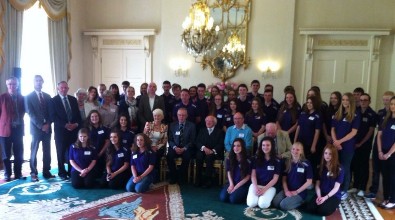
Saturday morning saw us at the massive Lochnagar Crater which was blown up by the British on the morning of the Somme offensive on July 1st 1916. It is 300 feet wide and 90 feet deep.
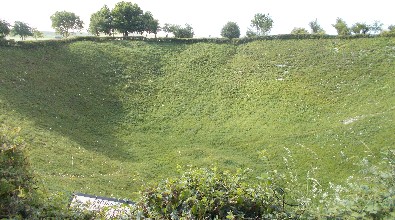
We started to visit the cemeteries where the soldiers from our different counties are buried. There was something special and touching about each individual cemetery and we could have spent days wandering around looking at all the different headstones. It was heart-breaking seeing the sheer number of graves, especially those marking the unknown soldiers, “Known unto God”. The graveyards were all so peaceful and well-maintained and it served as such a contrast to what it must have been like 100 years ago.
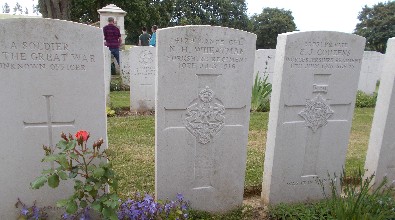
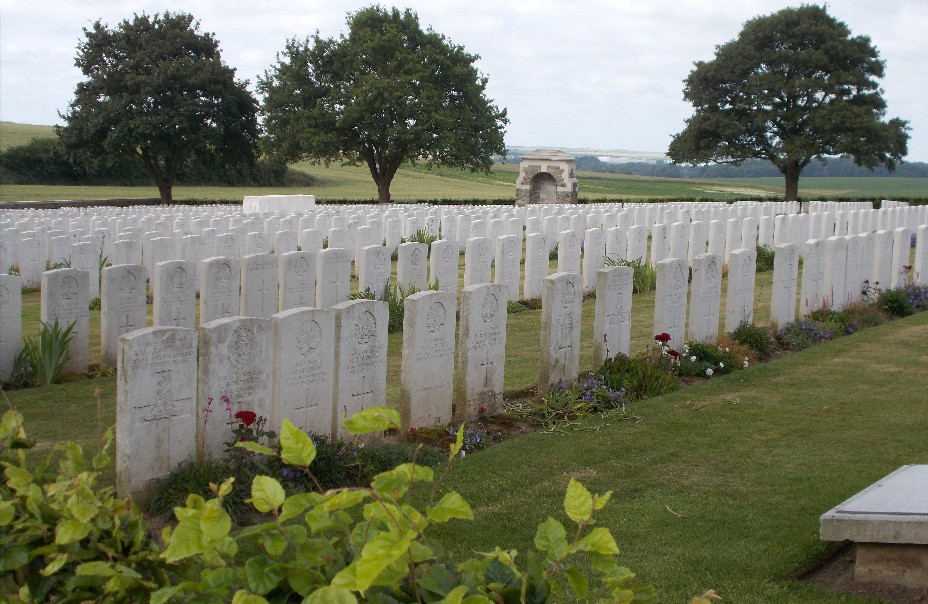
What I found particularly moving was the German cemetery we visited, with its rows of black crosses, each marking four soldiers’ graves. The Jewish headstones stood out from the crosses and it was poignant to think about how these soldiers were dishonoured when the Second World War came around. At the back of the cemetery were four mass graves, containing in total 12,000 men. It was a sobering number for such a small space of ground.
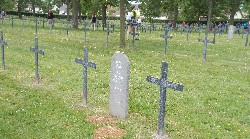
The German cemetery.
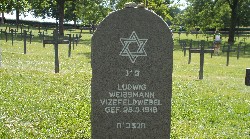
A Jewish headstone.
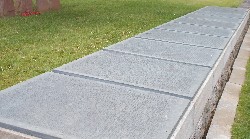
One of the four mass graves.
One of the most special moments for me on the trip was visiting my soldier’s grave. On Saturday afternoon just before lunch, we stopped off at Caterpillar Valley Cemetery in Longueval where Herbert is buried. After spending so much time researching Herbert’s life over the last six months, I really feel a personal connection to him and it feels as if I knew him, which made visiting his final resting place very moving. I sprinkled soil from Dublin on the grave and signed the cemetery register.
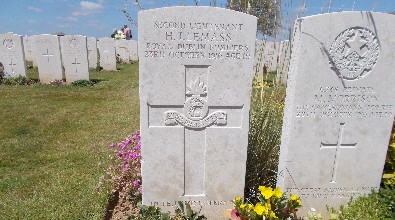
We visited the Ulster Memorial tower on Saturday afternoon and got a tour of some restored trenches in Theipval Wood. Nathan, Emily and Kyle dressed as a WW1 soldier, a nurse and modern day soldier to see what their uniforms are really like.
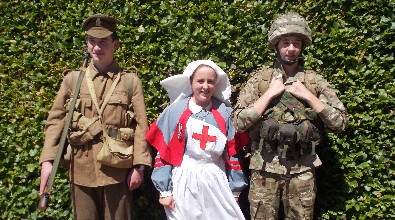
Our next stop was the Theipval Memorial where the soldiers from the Somme with no known grave are remembered. Unfortunately the memorial itself was under restoration so we couldn’t go into it to see the names, but we held a ceremony at the Cross of Sacrifice. I read the poem ‘To My Daughter’ by Thomas Kettle and we each laid a rose in memory of the soldiers from our counties on the memorial. We also had David singing a song and Manus playing on his fiddle.
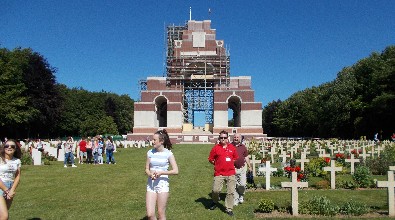
On Sunday morning we visited Newfoundland Park where the Canadian soldiers fought. We were able to walk through some of the original trenches and learned about the Canadian contribution to the Somme in the interpretive centre. After visiting the remainder of our soldiers’ cemeteries we headed off on the bus for Ypres.
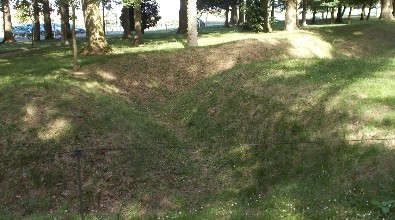
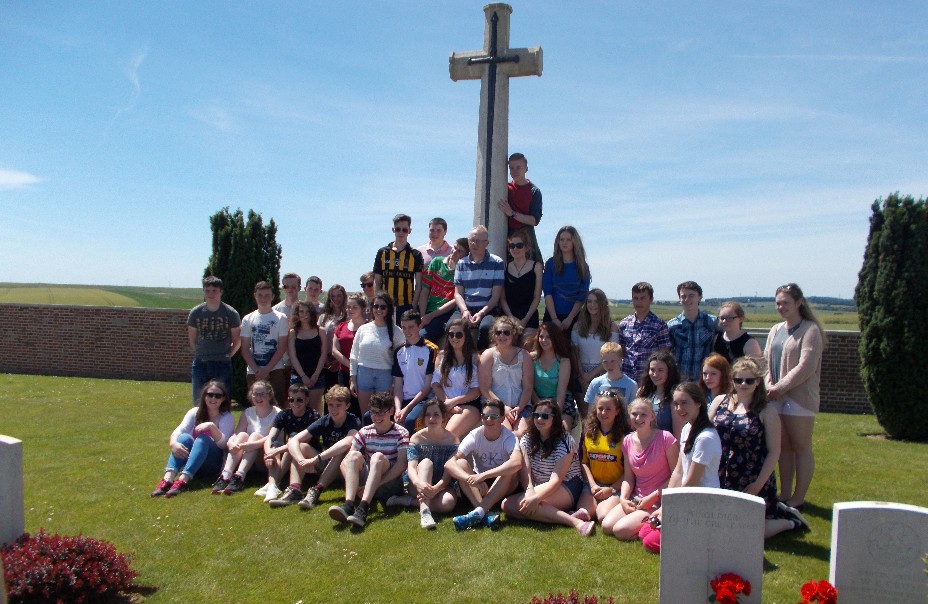
We attended the Menin Gate ceremony which is held every evening in memory of those who fell at Ypres. The Last Post was played and Emma and Manus laid flowers on behalf of the group. It was a beautiful and moving ceremony.
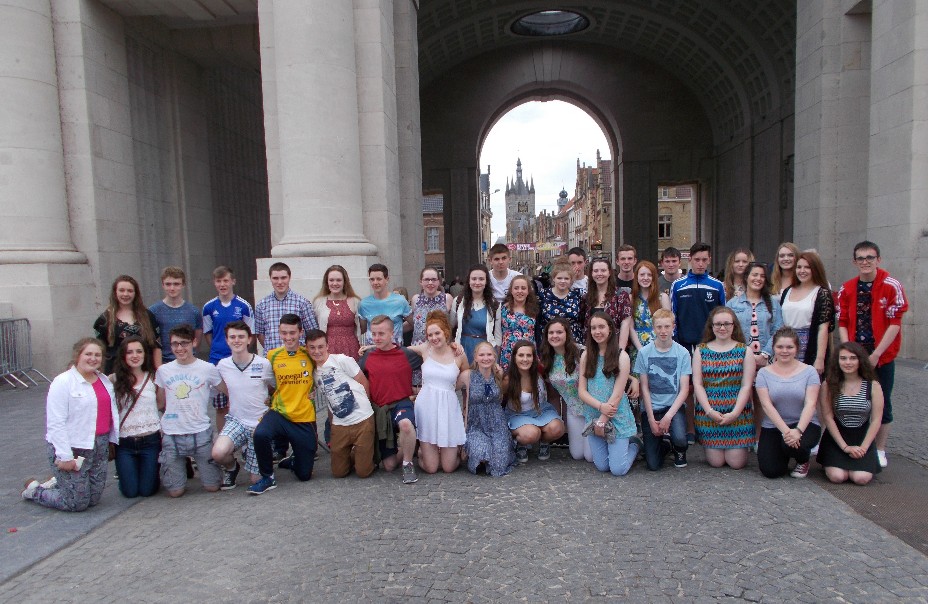
After a sleepless Sunday night, we transferred back to Brussels early on Monday morning for our visit to the European Parliament. We met MEP Marian Harkin, who had provided the funding for our trip, and had a look around the parliament which was really interesting. A trip to a theme park in Brussels was the last thing on our agenda before flying back to Dublin.
-5mbkua.jpg)
The students from Leinster.
This trip was the most amazing experience and I was so lucky to be able to be a part of it. I met people from all over Ireland who are all passionate about history as well and it was amazing how quickly we all became friends. Visiting all the cemeteries was heart-breaking, poignant and wonderful. I can’t believe how quickly the time went once we were out there and I will definitely be going back. Thanks to Gerry and his crew who organised an absolutely unforgettable experience. It was the trip of a lifetime.
